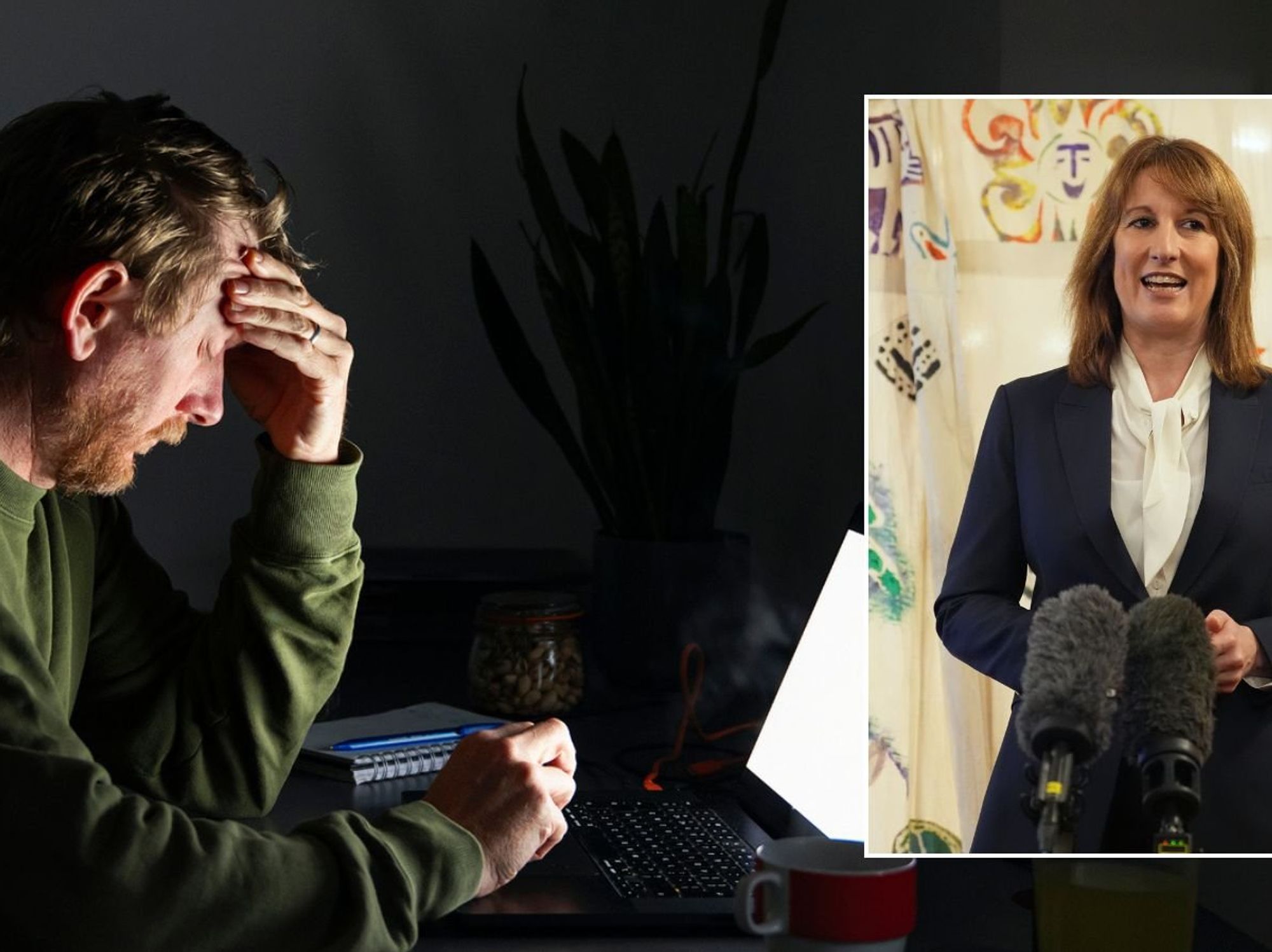‘Real risk’ of new generation of pension inequality unless action taken now

There is concern about a new generation of pension inequality
|PEXELS

The high cost of childcare is among a number of factors attributed to accentuating the gender pension gap ple
Don't Miss
Most Read
Latest
There is a “real risk” of a new generation of pension inequality unless the Government, employers and the pensions industry act, new research has warned.
The Government is being urged to take further steps to reduce the inequalities which arise following the birth of a child, a report from consultants LCP (Lane Clark & Peacock) said.
It’s suggested this includes effective policies on shared parenting and greater provision of support for childcare for the youngest children.
Employers should take action to tackle the wide range of underlying causes behind gender pay gaps and review the support given to new parents, it said.

High childcare costs is a factor which can cause the gender pension gap
|PA
Researchers said companies should also support workers with caring responsibilities in later life, including a focus on flexible working and allowing employees to take a period of time out of work for intensive caring, without losing their ability to return to paid work at a later stage.
Pension schemes and providers are urged to also equip women and men to better understand their pensions and be empowered to make informed choices.
Laura Myers, a partner at LCP and one of the report’s authors, said: “Our research suggests that there has been welcome progress in some aspects of the gender pension gap, notably the reduction in inequality in state pensions.
“But there is a real risk of a new generation of pension inequality if action is not taken.”
Kim Brown, chair of the industry-wide Pensions Equity Group, said: “It is vital that government, employers and the pensions industry work together to tackle the multiple causes of pensions inequality. Only in this way can we make sure that all people can look forward to retirement with confidence.”The report cautioned: “Given that pension outcomes may be determined by labour market experiences over a period of 40-50 years, even improvements in gender pay equality in the last decade or so would only have a limited impact on those retiring in the next 10 to 20 years.
“It is likely therefore that historic inequalities in the labour market experiences of men and women are likely to have a persistent impact on pension outcomes at retirement for many years to come, even if progress is made going forward.”
Speaking earlier this year, Pensions Minister Laura Trott said there was “no easy solution” to the pensions gender gap.
She said previously: “It’s something that I’ve always been committed to… and I think that the things the Government have done recently in terms of childcare support will help address it because the pensions gap is largely a function of the pay gap at times.
“It’s a multi-faceted problem, there’s no easy solution, but when you measure something I do think you tend to focus on it more.”
DWP figures show that between 2018 and 2020, a median average woman aged 55 to 59 had £94,000 on average built up in private pension wealth, while an equivalent male had £145,000.
LATEST DEVELOPMENTS:

Caring for older generations can also play a role in causing the gender pension gap
|PA
A Department for Work and Pensions (DWP) spokesperson said: “The success of automatic enrolment has transformed the UK pensions landscape and brought millions of women into pension saving for the very first time.
“We recently published the first official measure of the gender pensions gap, which will help track the collective efforts of government, industry and employers to close it and ensure women can look forward to the retirements they’ve worked so hard for.”
Phil Brown, director of policy at People’s Partnership, provider of the People’s Pension, said: “This latest report is a reminder of how closing the gender pensions gap is the responsibility of government, employers and the pensions industry.
“This is largely a labour market problem, rather than solely a pensions problem and the gap will only be closed if labour market inequalities are adequately resolved.
“Barriers to auto-enrolment play a role in the gap, as does the high cost of childcare, which causes women to reduce their working hours, hitting their pension pot.”










